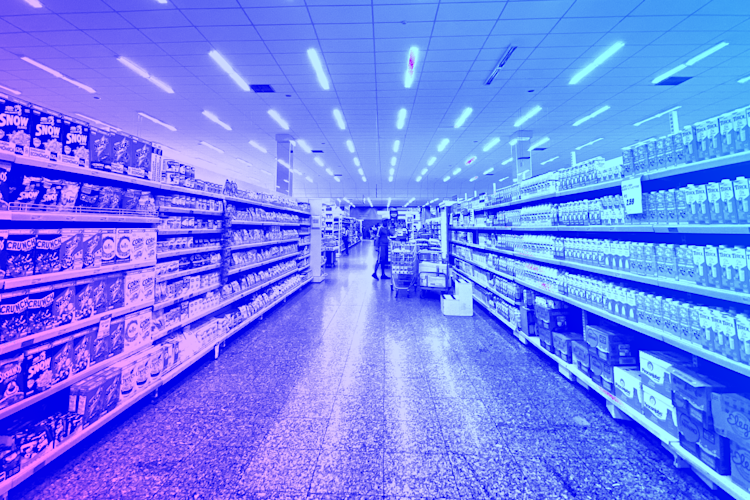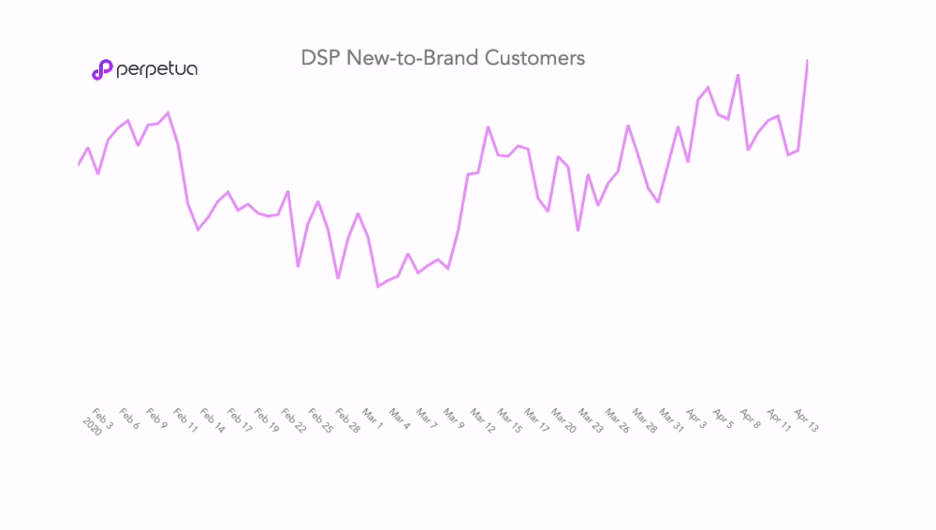
COVID-19 Effect: The unique buying behavior of first-time Amazon shoppers
Patrick Quaggin-Smith, May 6, 2020
COVID-19 has fundamentally changed the way consumers buy on Amazon.
As stay-at-home orders force people to shop online, more and more first-time shoppers are buying on Amazon. People are no longer using Amazon for single item purchases at time of need, but rather doing their entire grocery shop for the week(s) at a single time.
Our data shows that average items per order, per product increased across all grocery and home goods categories by over 12% during the first three weeks of COVID, relative to that prior.
Chris Moe, COO of Amazon CPG Agency Cartograph, states that “Amazon isn’t easy to shop as a newcomer. During times of stress and economic uncertainty, there is a big return to familiar and comfortable brands”.
Prior mental models are anchored in favorite brands that are ubiquitous in physical grocery stores, as people begin shopping on Amazon, they are leveraging the models they have already built. - Chris Moe, COO of Cartograph
This has led to two fundamental changes on Amazon: branded search volume and importance are rising, and shoppers are more frequently buying across categories (complementary products).
Given such a drastic change, now is an opportune time for Amazon marketers to experiment with new strategies and to drive new to brand purchases from an influx of entirely new shoppers.
In this article, we will highlight two strategies that have been extremely effective over the last several weeks using two distinct ad units, Sponsored Products to capture shoppers searching for specific brands, and DSP to capture cross-selling and complimentary item opportunities.
The Rise in Branded Searches
Historically (meaning pre-COVID), branded searches were typically low in volume. Winning competitor’s branded traffic was extremely expensive with low conversion, and represented a non-meaningful amount to revenue potential.
Aggregate search volume of branded terms has risen drastically over the last 6 weeks. Using energy drinks as an example, “Monster Energy Drinks” search term has consistently maintained an Amazon search rank of 80,000-140,000 over the last year. In the last six weeks, “Monster Energy Drink” has ranked 2,465 which is higher than “Energy Drinks” which previously ranked 14,301.
Shoppers new to Amazon aren’t searching via traditional Amazon ‘category’ keywords, such as peanut butter or energy drink. These shoppers are more familiar with searching for the exact brands they intend to buy, just as they would in a grocery store, aided by the fact that over 5%+ of total sales have shifted to people over the age of 45.
This means there are millions of more searches per month on Amazon for Monster Energy Drink than there are for Energy Drink. This change in search volume means that advertisers’ strategies should change accordingly.
A competitor branded keyword that may not have been worth investing in before has now become more important than your biggest category keyword. Ask Red Bull, I am certain they have seen a drastic increase in sales on the keyword "Monster Energy Drink", and why they are continuing to dominate the top of search.

We are seeing this trend in almost every shopping category – shoppers new to Amazon are looking for specific products familiar to them. Skippy’s Peanut Butter jumped from the 200,000’s to the top 5,000, while Charmin Toilet Paper has risen from 100,000 to the top 50.
The Rise in NTB Purchasers
While people are searching a lot more for familiar brands, the data indicates that these people aren’t loyal to these brands. NTB purchases across our competitor audiences are up +24% over the first month in quarantine, relative to the previous time period. While this increase in NTB is in partly caused by inventory issues, Gloria Abromeit, Data Strategist at Perpetua, hypothesis that "consumers want to buy products that they know are quality, and are certain they will like.”

Consumers are putting more and more trust into the review infrastructure that Amazon has created. In a marketplace known for its counterfeits and knock-offs, consumers want to trust other consumers.
Amazon DSP allows advertisers to create audiences that target competitor ASINs that are out of stock, or have worse reviews. Audience segmentation like this perform extremely well and have been paying dividends. Some Perpetua customers in the food category are seeing a ROAS of close to 3 on these competitor audiences alone.
It is important to note that these are “experimental audiences”, and must be monitored closely, as leaving them to run indefinitely can be expensive and unsuccessful. Shameless plug, but here at Perpetua, our real-time DSP reporting allows us and our clients to be aware of each line items performance and thus make the changes as necessary. We would not recommend this type of strategy if you only receive reports once every 30-45 days.
No one can predict where the world or even e-commerce will be in 1 month, but what we can do is leverage the data available to make the most of the opportunity that does exist.
As always, feel free to reach out to us here at Perpetua (hello@perpetua.io) anytime to discuss your Amazon growth strategy and see what changes can be made to help you accelerate that growth!
To get started or learn more about how Perpetua can help you scale your Amazon Advertising business